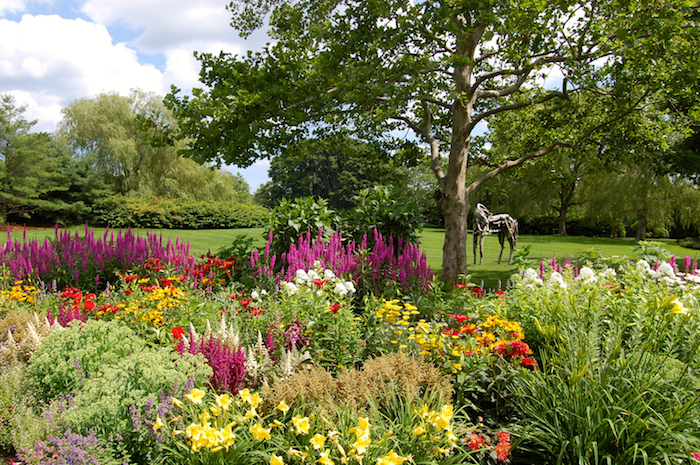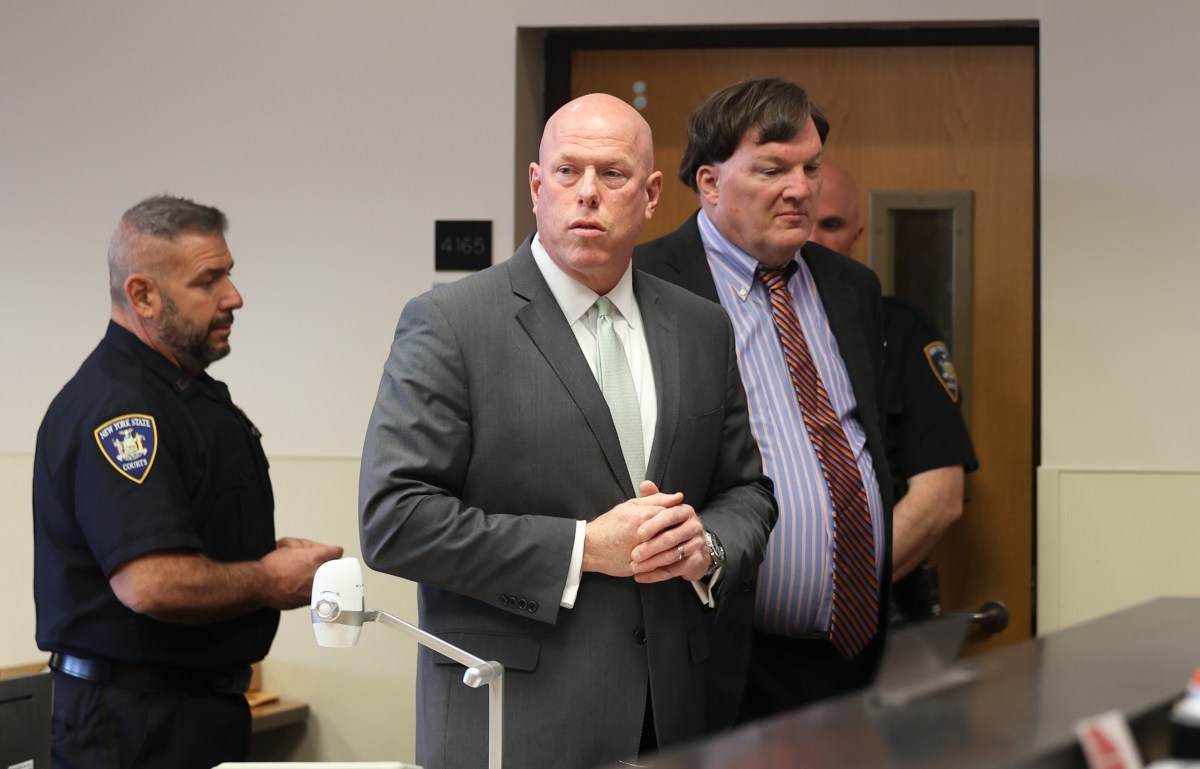Notes from the Garden: Landscape Design for Where You Live

Today the excitement to plan or design a garden meets ecological challenges and responsibilities. The use of land, water, energy, native plants, recyclables and green products will determine the development of adequate, innovative eco-friendly landscaping. These are easy steps to follow to create sustainable landscaping.
When planning a garden try to reduce the total number of different plants, instead, increase the number of each variety. The objective is to create a stage set with well-behaved, structural elements that will thrive throughout the season without excessive care, but with beauty. Before selecting plants, look at the type of natural environment you have. In the Hamptons, there are three main land types: farms/fields, seashore, and woodland. Analyze the property; don’t try to imagine you’re somewhere else. Work with what you have. Ask yourself some important questions, such as; how much sun does the garden get? Is it very exposed? Will it grow with minimum attention, or will it require extensive care?
Creating a natural plant selection will allow the garden to run off in whatever direction it wants. Landscapes should not be excessively controlled, they should be creative and imaginative, letting things evolve. When researching for native plants, you will find that the landscape will develop faster and the overall picture will look healthier and bold.
Remember that no matter how much you try to change your soil, sooner or later it will slip back into its old ways. Clay will turn back into clay, and sand will be sand once again. That is not to say you shouldn’t try and improve things, but your plants should be selected according to the soil. The basic rule is: choose the plants for the prevailing conditions and if you want to go with exotics, find plants that work with the soil conditions.
Maintenance is vital for the existence and preservation of any landscape. Tasks such as weekly soil cultivation will keep soil healthy and eliminate the need for extra fertilizer or plant disease spraying. Fertilizing with organic compost will make your soil rich, plants healthy, and even help recover stressed plants. This means adding a layer of dehydrated manure around flowers, shrubs and trees. Practicing good pruning and trimming will minimize and even eliminate the need for pesticides. Trees and shrubs should be pruned and trimmed at different times during the season, according to their variety.
To create a sustainable landscape means to create one that is in tune with the natural structures of the surrounding environment. It is important to have a clear vision of a garden that’s perfectly in tune with its natural setting. Planning and research are critical. If you plant trees, shrubs or flowers in the wrong position, with the wrong light, wrong soil or on the wrong grade, you will essentially create something unnatural to maintain and improve. Historically, elaborate gardens were designed without the advantage of complex sprinkler systems and advanced chemicals. The goal is to create a unified environment with different sections, utilizing indigenous or exotic plants that are well-adapted to that region. It coordinates with the natural environment as well as the house and its design.
Landscape Designer, Writer and Lecture; Frederico Azevedo is the CEO of Unlimited Earth Care, Inc., providing Design and Landscape maintenance to the Hamptons for over 20 years. For more information: call (631)725-7551, or visit www.unlimitedearthcare.com.



